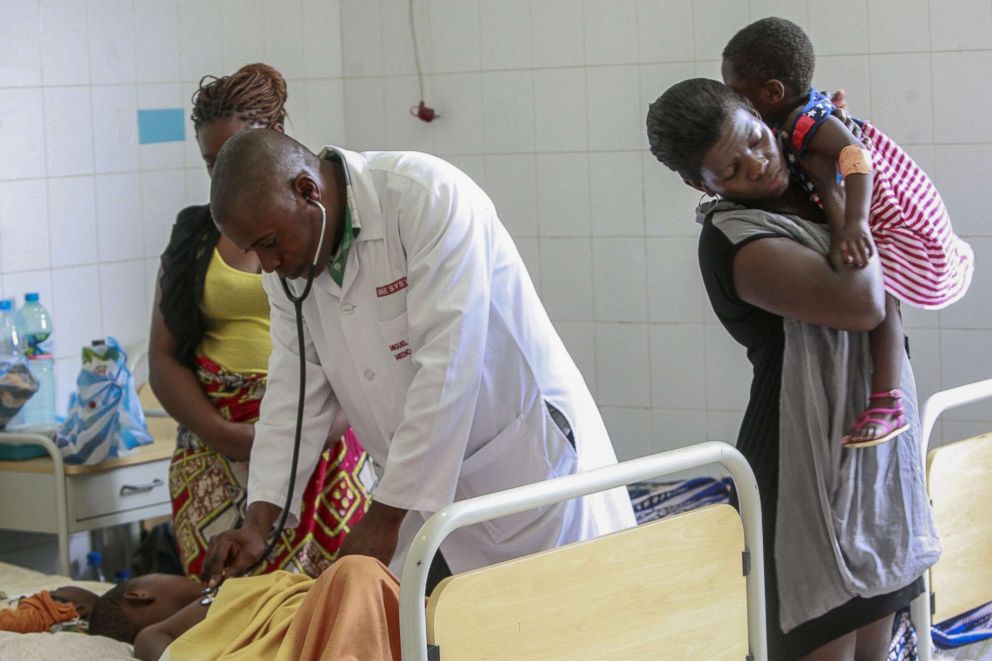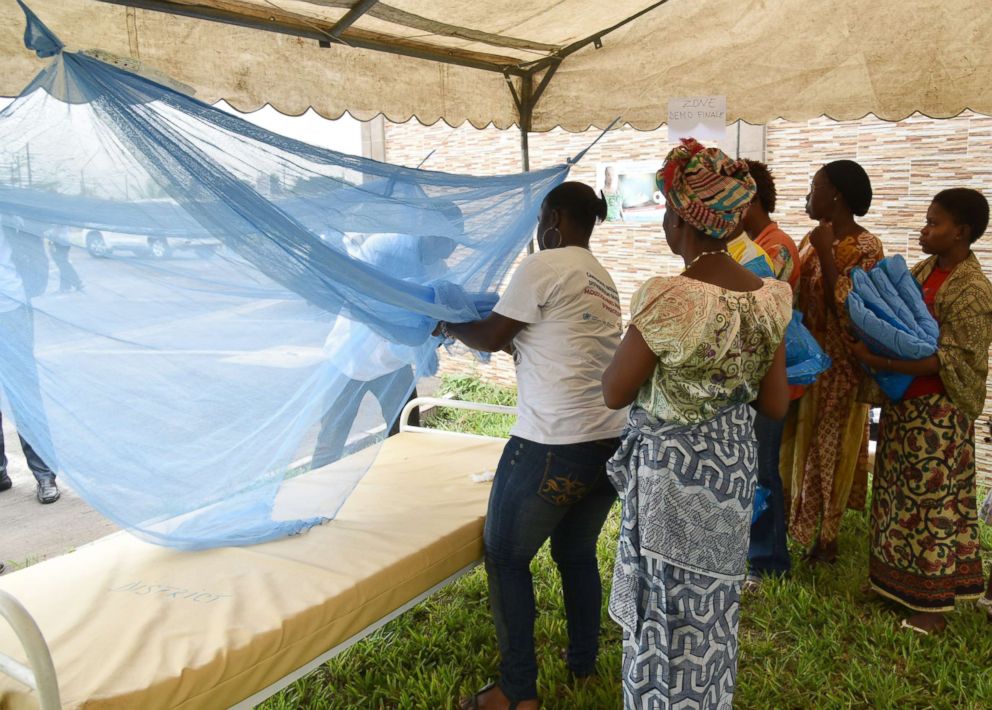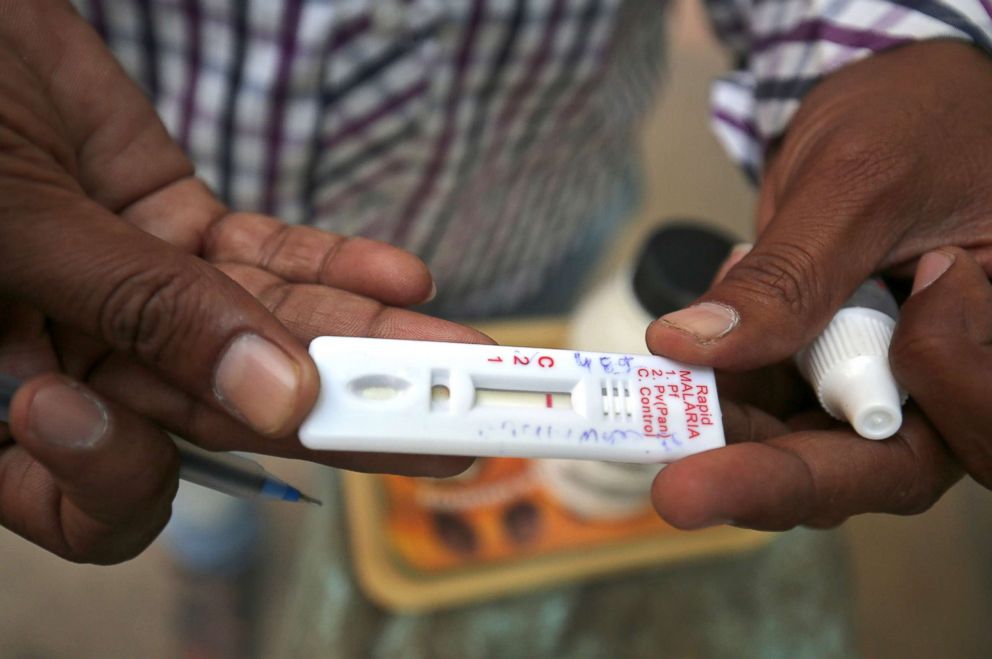Progress against eradicating malaria seems to have stopped, according to a new report from the World Health Organization.
The number of malaria cases fell from 239 million in 2010 to 217 million in 2016. But then the number of cases jumped to 239 million.
The disease is still clearly a danger – especially to those in African countries and in India, which account for 80 percent of the world’s malaria burden.
Treatment in India shows some encouraging signs but the news in Africa isn’t as hopeful. Half of all Africans in affected areas still do not have access to sleeping nets to keep malarial mosquitoes at bay. Last year 435,000 people died from malaria – essentially 1 person per minute – and international efforts still have strides to make before the malaria epidemic can be stopped.

What is malaria?
Malaria is a serious blood-borne disease carried by mosquitoes. Five major types of malaria parasites affect humans but the most common is known by doctors as P. falciparum. The disease begins when a person is bitten by an infected mosquito. Malaria then enters the bloodstream and infected people may not show any symptoms for up to 10-12 days. As the blood cells become damaged, the symptoms begin.
What are the symptoms?
The symptoms begin about one week after infection but can be delayed for those on preventive medications. These medications, however, do not offer 100 percent protection. At first people exhibit flu-like symptoms – chills, fevers, body aches, headaches, nausea, vomiting and diarrhea. There’s a cycle: coldness and shivering, followed by fevers every two days. The symptoms can also progress to include anemia (low red blood cell count) and jaundice (yellowing of skin and eyes) due to the breakdown of red blood cells. Finally, if the disease isn’t treated quickly, severe symptoms can include organ failure, seizures and death.
Who is at risk?
Anybody, though malaria is more common in those living and traveling to endemic areas such as South America, Sub-Saharan Africa and Southeast Asia. Malaria knows no geographic boundaries — it can even travel from a mother to her fetus before or during delivery.
How is it diagnosed?
In areas where the disease is common, doctors are often able to make preliminary diagnoses based on physical symptoms alone. In areas such as the United States where the disease is rare, doctors use clues like travel history and common blood tests that can show higher than normal levels of bilirubin – an indication that red blood cells are breaking down. The final diagnosis is made by looking at blood cells under a microscope or by using a commercially available rapid diagnostic test.
Prevention
Prevention is the best treatment. Before traveling to a country where malaria is rampant, it is important to consult one’s doctor, the Centers for Disease Control and Prevention website or its malaria hotline at 1-855-856-4731. Any travel to tropical or sub-tropical areas (Africa, Southeast Asia, the Middle East, the Caribbean, Central and South America) should raise a red flag. A doctor will be able to advise the best preventive drug. Some treatments, however, require time before reaching adequate levels in the body so the CDC recommends contacting a health care professional four to six weeks prior to travel. Infants and children should also take anti-malarial medications but their drug choices will be limited.
Other techniques rely on the phrase “fight the bite.” Sleep under insecticide-treated mosquito nets, use insect repellent during the day and wear long-sleeved clothing in the evening or at night.

For women who are pregnant, the CDC recommends against traveling to areas with high rates of malaria. Malaria increases the risk for serious problems in a pregnancy — prematurity and miscarriage — and can also be transmitted to the baby during pregnancy or delivery.
Treatment
Malaria is treated with anti-malarial medications. The exact medications used depends on the type of malaria and how severe the disease is. Many simple cases can be treated just by taking oral medications, such as artemisinin-based combination therapies (ACTs). Those treatments are about 90 percent effective and this type of malaria has the lowest level of resistance to it. If the bug is P. vivax, a separate treatment regimen is used to empty the liver of malarial infection. If the infection is severe – most commonly from P. falciparum – intravenous medications and hospital admission may be needed.

What’s in store for the future?
Many developed countries are well on their way to eradication. The U.S., for example, has only 1,500 to 2,000 cases per year — most of them in travelers. The WHO has been very active in promoting efforts to decrease malaria infections and is continuously monitoring cases to see where the highest risk areas are in the world.
The WHO is also in the process of rolling out a vaccine for the P. falciparum type of malaria. A vaccine called “RTS,S” is the first that has shown partial protection. A pilot phase in Ghana, Kenya and Malawi has shown encouraging results from a five-year trial: the prevention rate was 39 percent and side effects were minimal for those taking the vaccine for four years.
Sumir Shah, M.D. is an emergency medicine physician in New York City and a member of the ABC News Medical Unit.
Source: Read Full Article